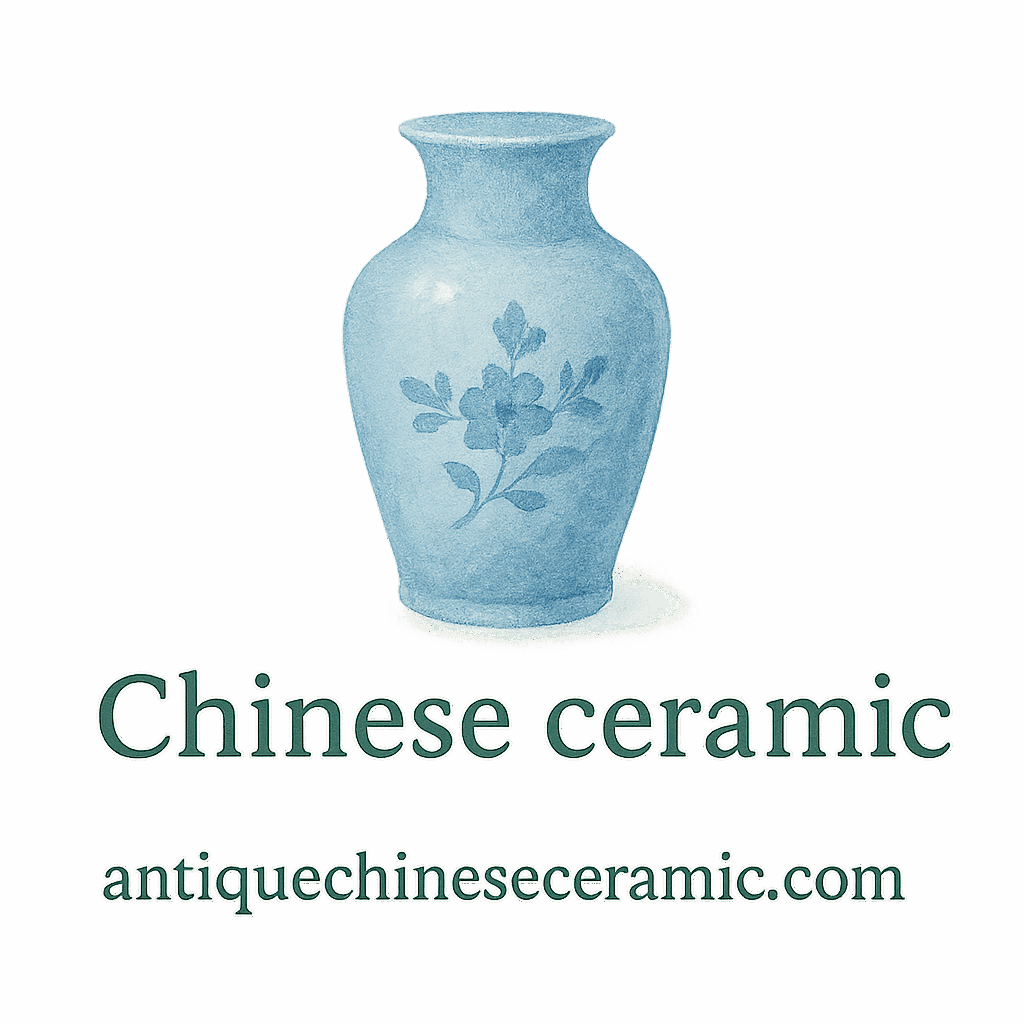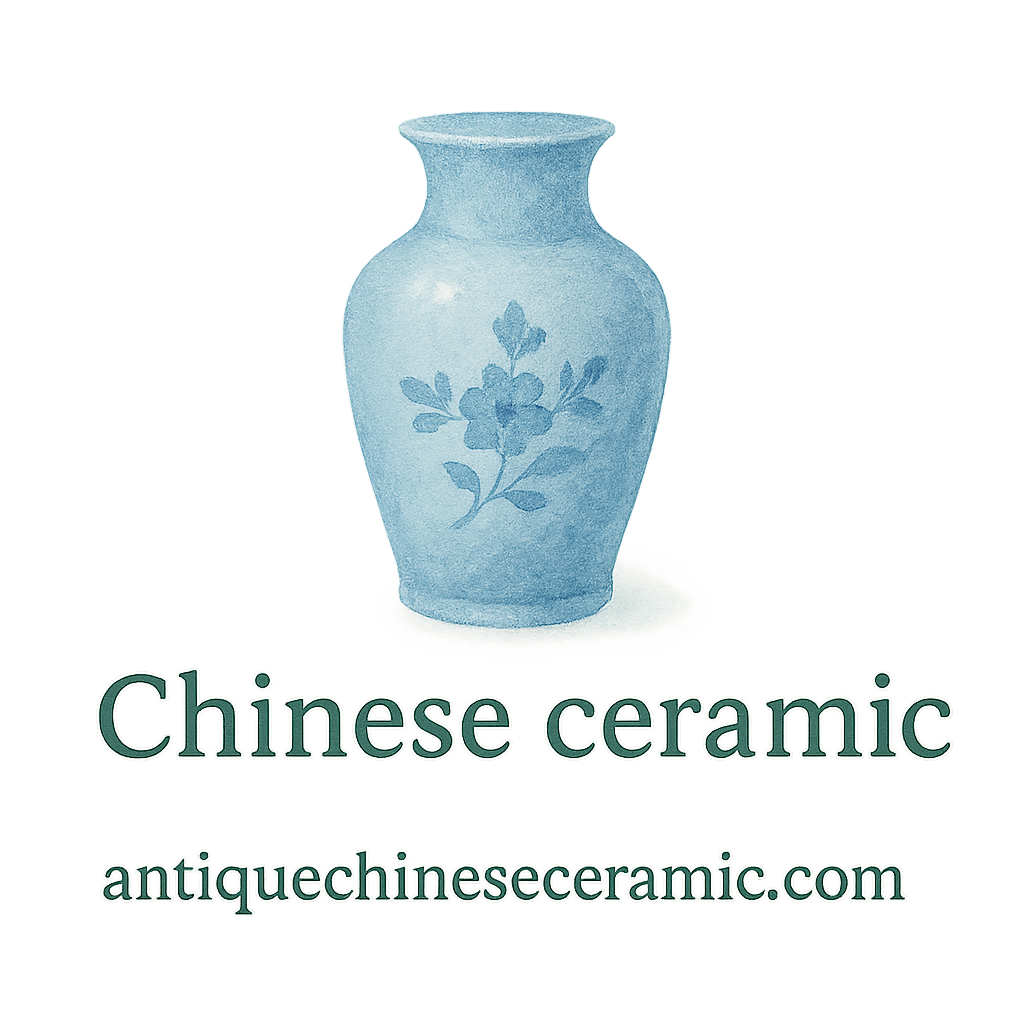Introduction to Chinese Ceramic Heritage
When it comes to ancient art forms, few things are as enduring and elegant as Chinese ceramics. These pieces don’t just serve as functional objects—they’re canvases of culture, stories in porcelain, and timelines made tangible. With centuries of innovation, the evolution of antique Chinese ceramics mirrors the rise and fall of dynasties. But what exactly shaped the styles we now seek, collect, and admire?
Why Dynasties Matter in Ceramic Design
Each Chinese dynasty left a distinct fingerprint on ceramic art. Changes in leadership brought new aesthetics, technologies, and purposes. Understanding these differences is key to proper identification and valuation of ceramic antiques today. Whether you’re a collector or simply curious, diving into dynastic influences is like unraveling an ancient mystery—one teacup at a time.
1. Han Dynasty (206 BCE–220 CE)
Han Dynasty Ceramic Traits
The Han Dynasty laid the foundation for Chinese ceramics. These early pieces were typically earthenware, often coated in a green lead glaze known as lü. Designs were utilitarian but symbolic, with motifs representing prosperity, longevity, and the afterlife.
Common Uses and Symbolism
Ceramics were often used in tombs. These burial objects weren’t just for decoration—they were spiritual stand-ins, ensuring the dead had everything they needed in the afterlife. If you stumble upon a ceramic pig or house, you’re likely looking at Han-era containers with deep cultural meaning.
2. Tang Dynasty (618–907 CE)
Tang Ceramics and the Silk Road
The Tang era was a golden age for cultural exchange. Thanks to the Silk Road, Tang ceramics were exported widely. Potters began incorporating foreign motifs, turning ceramics into vibrant cultural hybrids.
Techniques and Iconic Glazes
The famous sancai (three-color) glaze technique emerged here. Think of it as the tie-dye of ancient China—earthy yellows, greens, and browns blending seamlessly. These colorful figures and vessels were both eye-catching and advanced for their time, revealing the Tang dynasty’s artistic heritage.
3. Song Dynasty (960–1279 CE)
Emphasis on Elegance and Simplicity
The Song Dynasty marked a shift toward refined beauty. Ceramics became more monochromatic, focusing on subtlety rather than flash. Celadon and Ding ware dominated, celebrated for their soft glazes and smooth lines.
Song Dynasty’s Artistic Influence
Song ceramics mirrored Confucian ideals—understated yet profoundly philosophical. They weren’t just pots; they were reflections of harmony and balance. This aesthetic still influences modern pottery and plays a big role in collecting antique ceramics today.

4. Yuan Dynasty (1271–1368 CE)
Birth of Blue-and-White Porcelain
Here’s where things start to get iconic. The Yuan Dynasty introduced the world to blue-and-white porcelain, made using cobalt blue pigment under a transparent glaze. This style became a global sensation, especially through auction markets.
Export and Cross-Cultural Impact
Yuan ceramics weren’t just for Chinese elites. These items were exported throughout Asia, the Middle East, and Europe. It was the beginning of what we now call “global trade,” and ceramic artistry was front and center.
5. Ming Dynasty (1368–1644 CE)
The Golden Age of Porcelain
Ming porcelain is practically synonymous with antique Chinese ceramics. Ever heard of a “Ming vase”? This is where it comes from. Jingdezhen became the porcelain capital, with imperial kilns producing flawless ware.
Official Kilns and Craftsmanship
Ming ceramics often bore reign marks—handy for modern-day identification. These pieces were carefully regulated, showcasing themes like dragons, phoenixes, and lotus flowers, and representing dynastic power.
6. Qing Dynasty (1644–1912 CE)
High Decoration and Imperial Appeal
Qing ceramics were anything but minimalist. If Ming was elegance, Qing was extravagance. Enamel decorations, overglaze painting, and hyper-detailed imagery made Qing porcelain a feast for the eyes.
Famille Styles and Innovations
This period saw the rise of famille verte, famille rose, and famille noire porcelain—terms that refer to dominant color palettes. These pieces were cherished by royals and are now hot items for appraisal and valuation.
7. Republic Period (1912–1949)
Transitional Ceramics
During this era, ceramic production underwent rapid modernization. While artisans still respected traditional forms, new styles emerged that blended old techniques with modern themes.
Influence of Modernization
Mass production began to take hold, yet the artistic soul remained intact. These pieces are now gaining recognition in the collecting community for their unique transitional value and represent the last breath of imperial ceramic tradition.
Identification of Dynasty-Specific Ceramics
Want to know what dynasty your ceramic belongs to? Look at the glaze, shape, base, and decorations. Our detailed identification guide breaks down each aspect, so even beginners can spot telltale signs.
You can also explore our timeline of ceramic development or filter by dynasties for deeper insight.
Caring for and Preserving Antique Ceramics
These precious items require gentle care. Learn about ideal storage, cleaning, and preservation techniques in our care guide. A little caution goes a long way in maintaining their beauty and surface integrity.
The Value of Historical Insight in Collecting
Collecting antique ceramics isn’t just a hobby—it’s a journey through time. Each piece carries a story from its respective dynasty. Understanding its history, context, and crafting methods can deepen your appreciation and make every find feel like a personal treasure.
Conclusion
Chinese ceramics are more than just art—they’re history baked in clay. Each dynasty contributed something unique, from the rustic strength of Han ware to the floral finery of Qing porcelain. Whether you’re drawn to their beauty, their heritage, or their mystery, knowing the dynastic roots will always enrich your ceramic journey. And who knows? That piece on your shelf might just be whispering secrets from centuries ago.
FAQs
1. How can I tell which dynasty my Chinese ceramic comes from?
Start by analyzing glaze color, decoration style, and any markings. Our identification guide is a great place to begin.
2. Are all antique Chinese ceramics valuable?
Not necessarily. Value depends on rarity, condition, and provenance. Check our valuation resources for more.
3. What’s the most collectible Chinese ceramic dynasty?
The Ming and Qing dynasties are highly sought after, especially for blue-and-white porcelain and famille rose items.
4. How should I clean old Chinese ceramics?
Use a soft cloth and avoid harsh chemicals. For detailed tips, visit our care and preservation guide.
5. Is it safe to display antique ceramics at home?
Yes, with the right precautions. Read our guides on safety and storage.
6. Do dynasty markings guarantee authenticity?
Not always—some fakes include reign marks. That’s why expert appraisal is crucial.
7. Where can I learn more about Chinese ceramic dynasties?
Our site has plenty of resources including a rich history section, collecting tips, and dynasty-specific tags like dynasties.


